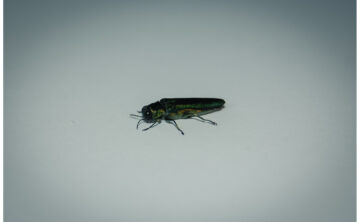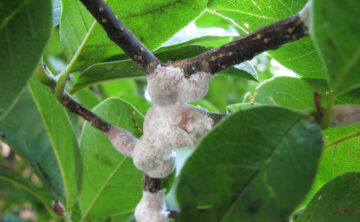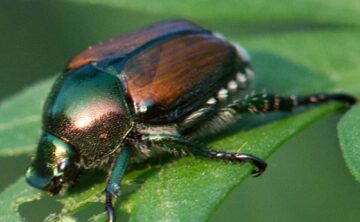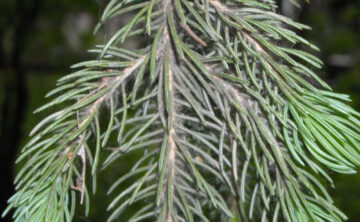Tree Insect Treatment & Prevention in Minnesota
Many different types of insects can impact the health of your trees and shrubs. While some are merely a nuisance, invasive insects like emerald ash borer can quickly be fatal to trees without treatment. Our ISA Certified Arborists can correctly identify and provide treatment options for insects commonly found on trees and shrubs in the Minneapolis and St. Paul metro area.
Our experts use a comprehensive approach to diagnose and treat insect infestations to protect tree health and prevent future problems. We will also evaluate your trees to ensure there are no additional underlying diseases or abiotic conditions since multiple issues may be present if your tree is in decline. Schedule a consultation today with one of our arborists to find out what is bugging your trees!
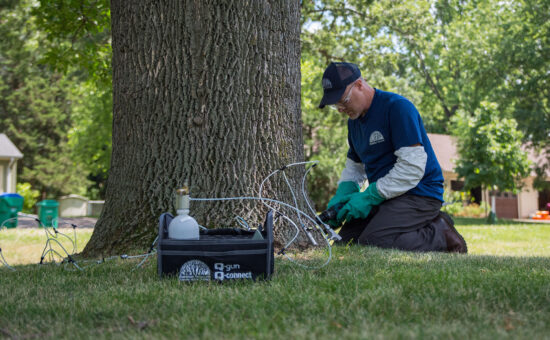
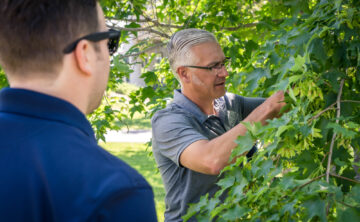
What can you expect from our tree insect treatment services?
First, Rainbow Treecare will send an ISA Certified Arborist to inspect your tree and correctly identify insects, diseases, or abiotic conditions that may pose a health risk. Our tree experts have extensive training on insects currently impacting the Twin Cities, as well as understanding insect life cycles and scientifically-backed treatment options.
One of our ISA Certified Arborists will:
- Positively identify the insect and other problem(s) that your tree is experiencing
- Discuss all possible tree insect treatment and management options
- Measure your trees for an accurate price estimate
- Provide a written estimate with detailed information about the services recommended
- Answer any questions you may have throughout the process
Your arborist will provide an itemized proposal, including the specific treatment method, product, and timing. Once you accept a proposed treatment, we will notify you before the time of service.
Insect Management Applications
A licensed applicator will treat your trees with the right product at the right time to target the insect. By using products targeted to each specific insect, along with a carefully timed application, we minimize the product needed to solve your tree’s problem. Because timing is the key to a successful treatment, Rainbow Treecare carefully monitors environmental cues to determine the ideal treatment time.
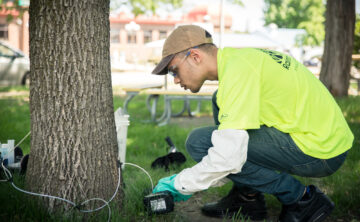
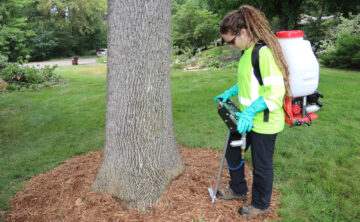
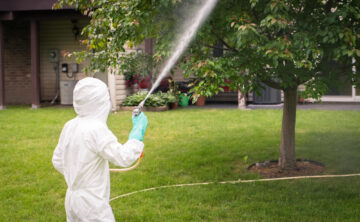
Depending on the type of insect, your arborist will recommend the appropriate product and application method scientifically proven to control your pest. Application methods include:
- Trunk injections involve drilling small holes at the base of the tree to deliver the product with specialized equipment. The tree’s vascular system will transport the product throughout the tree.
- Soil-applied treatments are injected into the ground under the tree’s canopy with specialized equipment.
- Our tree spraying service targets the tree’s canopy (up to 25-35 feet) and bark. Note: we will not spray while it is raining or windy.
More information on common tree insects found in Minnesota
Why choose the experts from Rainbow Treecare?
We are Minnesota’s premier licensed and insured tree experts. With over 45 ISA Certified Arborists on staff, we are highly skilled in assessing and performing the services that enhance the health and longevity of your trees. Many factors contribute to a tree’s overall health, including site-specific concerns such as nutrient levels or compacted soil.
Homeowners looking for tree insect treatment or tree spraying services in the Minneapolis area can trust our tree experts to address the bigger picture to provide the best treatment outcomes. Additionally, one of our core values is safety. You can rest easy knowing our team will perform all services while taking every precaution to keep our staff, bystanders, and your property safe.
Additional frequently asked questions about tree insect treatments
In some cases, insects like Japanese beetles, and the damage they cause, are visible on the leaves of your trees and plants. Insects that bore holes into your trees and cause damage from the inside are more challenging for the untrained eye to detect. Often you may just see symptoms, such as canopy dieback, and be unaware that an insect is the culprit. Our ISA Certified Arborists have extensive training in insect identification, potential threats, and effective treatments.
With our treatment protocols, we do everything possible to eliminate or reduce harm to non-target species, including pollinators. We use products with ingredients that have no known adverse effects on beneficial and non-target organisms (including earthworms and honey bees) to treat plants while they are flowering and being visited by pollinators. As part of our ongoing commitment to safety and the environment, we are constantly updating our best practices to achieve desired results while ensuring treatments are safer for pollinators.
Read more frequently asked questions about our insect treatments!
Our Experts have your tree insect treatment solutions!
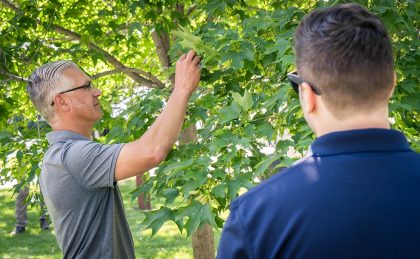
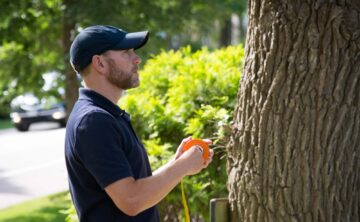
Be an Informed Tree Pruning Customer
We all want the best for our trees. They are a valuable part of the landscape, and we feel a strong attachment to them. Finding
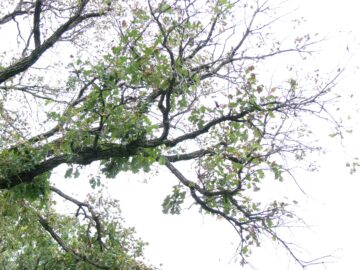
So What is Bur Oak Blight?
Bur Oak Blight (BOB) is a fungal disease affecting bur oak trees acroos Minnesota, Iowa, and neighboring states. In recent years, this disease has increased
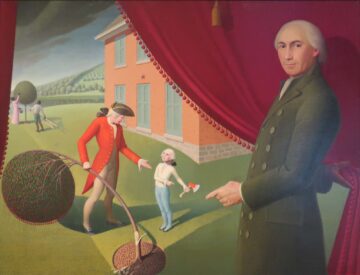
Four Famous American Trees for the 4th of July
Happy Independence Day! This patriotic holiday is an excellent opportunity to look at some famous American trees. From record holders to historical myths, these trees
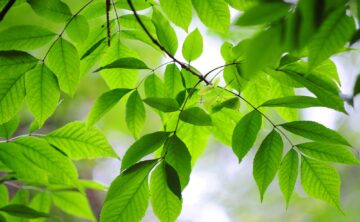
Is My Ash Tree Worth Saving?
Emerald ash borer has been in the Twin Cities and greater Minnesota since 2009. There are established populations of emerald ash borer (EAB) throughout the

